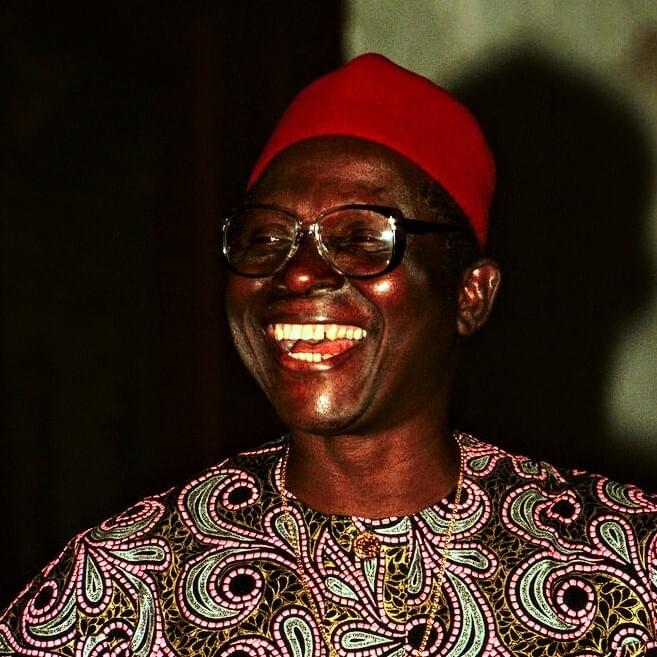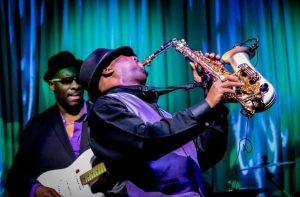Chief Stephen Osita Osadebe a prominent highlife musician

Chief Stephen Osita Osadebe: a prominent highlife musician
By Abbah Christy
Chief Stephen Osita Osadebe (17 March 1936 – 11 May 2007), commonly known simply as Osita Osadebe, was a prominent Igbo highlife musician hailing from Atani, Nigeria. Over a career that spanned more than four decades, he emerged as one of the most recognized figures in Igbo highlife music. His most famous track, the 1984 hit “Osondi Owendi,” solidified his status as a leading artist in the highlife genre and became one of Nigeria’s most beloved recordings.
Biography
Osadebe was born on 17 March 1936 in Atani, an Igbo town located on the eastern banks of the Niger River within the Ogbaru Local Government Area of Anambra State in Southeastern Nigeria. He came from a heritage of singers and dancers native to Igboland. His musical genre, Highlife, incorporated elements of Igbo culture and traditional music, as well as influences from calypso, samba, bolero, rumba, jazz, and waltz.
Career
Osadebe began his musical journey performing at nightclubs in Lagos State in southwestern Nigeria, mentored by trumpeter Zeal Onyia. He was previously a member of The Empire Rhythm Orchestra, directed by E. C. Arinze, where he gained valuable musical experience. A talented composer, Osadebe issued his debut album in 1958 and went on to create over 500 songs, with around half of them being commercially released. After working with the Stephen Amache Band and the Central Dance Band around 1964, he ventured out on his own as a bandleader with his group, the Sound Makers.
As his career progressed, Osadebe’s style evolved to include social commentary, echoing themes similar to those of Fela Kuti, though less confrontational. His lyrics often centered on personal struggles and experiences. He performed in English, pidgin English, and Igbo. Osadebe frequently extended his songs for the enjoyment of his audience, creating opportunities for those dancing to immerse themselves fully in the music. He was affectionately known as “the Doctor of Hypertension,” alluding to the perceived healing qualities of his work.
Osadebe successfully moved away from the traditional big band structure favored by early musicians, which typically focused on common meter and church hymnal melodies. He transformed highlife music into a call-and-response format more characteristic of African traditions.
After the Nigerian Civil War in the late 1960s, the substantial migration of eastern Nigerians (particularly the Igbo) from western Nigeria contributed to a decline in the prominence of highlife in Lagos, which had been the nation’s capital. Throughout and after the war, Osadebe continued to perform live. In Lagos during the 1970s, jùjú music and later Afrobeat gained popularity.









